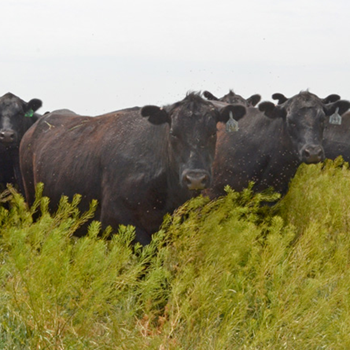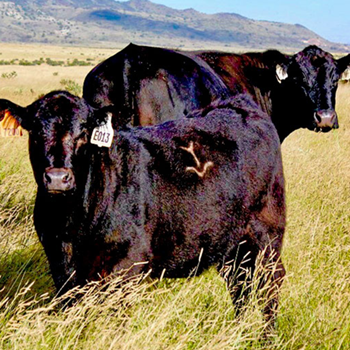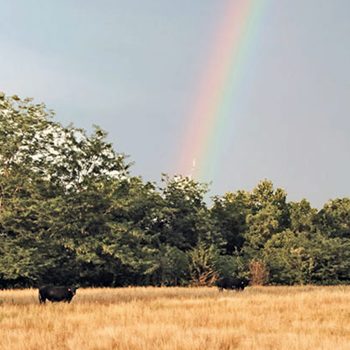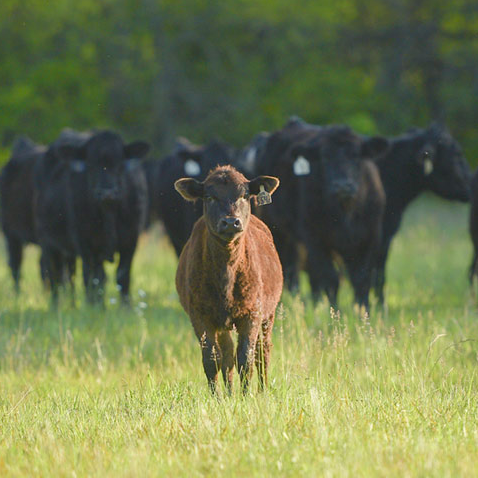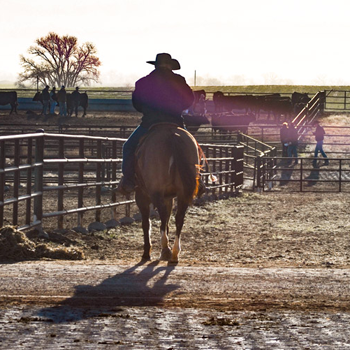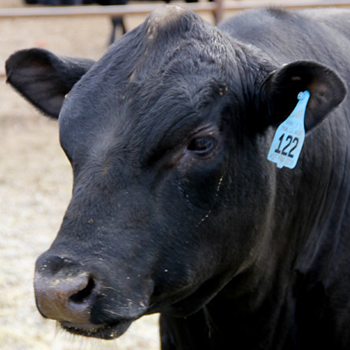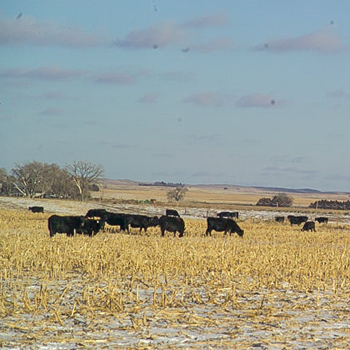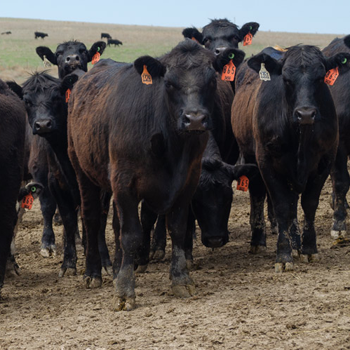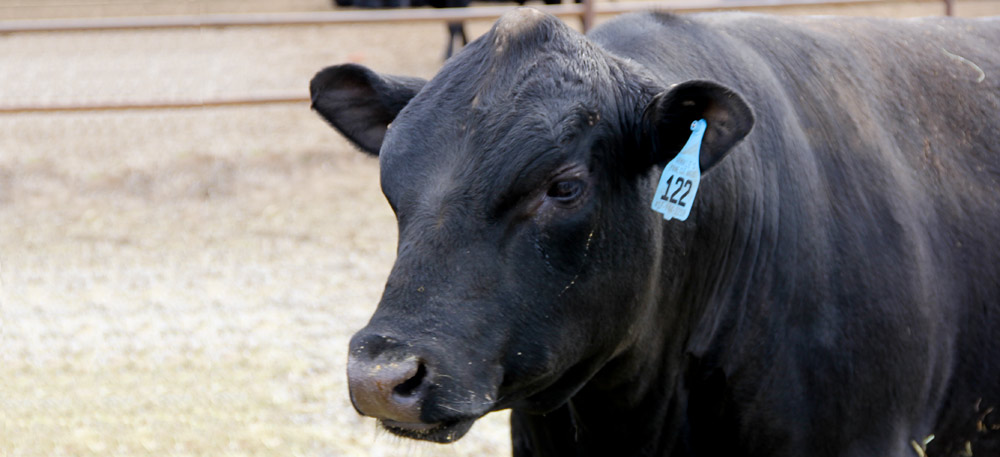
Value of a BSE
Breeding soundness exams vital to reproductive success; new research on horizon.

There are limitations to a breeding soundness exam (sometimes referred to as a BSE), George Perry admits, but it is still a crucial step to reproductive success. The South Dakota State University professor and Extension beef reproductive management specialist explains that reproduction is five times more economically important than growth and 10 times more important than carcass quality. While reproduction affects profitability in a big way, the bull bears more of that responsibility because he affects half of the calf’s genetic makeup. A fertile bull is crucial to an operation’s success.
A breeding soundness exam tests whether the bull has the potential to be a satisfactory breeder, but it does not provide a guarantee that he is fertile, Perry clarifies. It is a great tool to detect sterile and infertile animals, though.
“A BSE is a snapshot. It’s a picture of what’s going on that day,” he says, adding that spermatogenesis takes 61 days, so a bull that fails a BSE could potentially pass the test in about two months.
A BSE tests a bull for physical soundness, sperm production ability and semen quality, he explains. Physical soundness is somewhat obvious, but a bull needs to be able to detect cows in estrus and physically be able to do his job.
Scrotal circumference is an estimation of sperm production and is highly heritable. Bulls with larger scrotal circumference can produce more semen, and have sons with larger scrotums and daughters that reach puberty earlier, says Perry. About 10% of bulls fail a BSE because of scrotal circumference.
Semen quality is measured by the volume of ejaculate, concentration of sperm, percent of progressive motility and morphology. Outside factors like poor nutrition, temperature swings, injury and disease affect semen quality.
“Spermatogenesis is a transformative process, so a bull can heal from an injury or frostbite and still be able to breed cows just fine 61 days later,” he says.
What percent of bulls fail a BSE? Perry shares 10.2% fail before semen evaluation, 7.1% fail because of inadequate scrotal circumference, 3.1% fail because of physical abnormalities, and 13.6% fail because of motility, morphology or both.
However, even with these failures, it doesn’t tell us everything about that bull, he admits. There are plenty of other factors that affect fertility. It doesn’t tell mating ability, serving capacity, libido, social dominance or presence of a sexually transmitted disease.
With these failings, why is a BSE so important? Motility and morphology are still major indicators of a bull’s potential success, Perry emphasizes, and a BSE will weed out infertile bulls. It can also be done chuteside, so there is a quick turnaround to weed out those bulls.
There is research looking into further ways to determine successful bulls, namely in the role of surface proteins and microRNA of the sperm. Perry shares studies finding the enzymes in the surface proteins help get rid of dysfunctional sperm or also help break down uterine mucus.
MicroRNA plays a role in every tissue in the body, and we are learning that it affects the longevity and transport of semen and embryo development, he says.
He admits these are not silver bullets in bull fertility, but we are learning more. These new methods may help identify bulls with problems in sperm transport or embryo development earlier in the process.

